By David Jackson
It is said no plans survive first contact with reality, and for me things started to go wrong from day one. It was the 90th birthday of my Brough Superior SS80 and I planned to celebrate with a 2,000 mile trip around Portugal and Italy. I’ve got to know the foibles of this bike after 15 years of ownership and thought I’d been pretty thorough, having rebuilt the mag, replaced tyres and chains, checked and greased suspension, replaced cables, etc. I’d put around 300 miles on her around my home town of Hay in the Welsh borders without a hitch and even the dynamo seemed to be generating a feeble but optimistic glow.
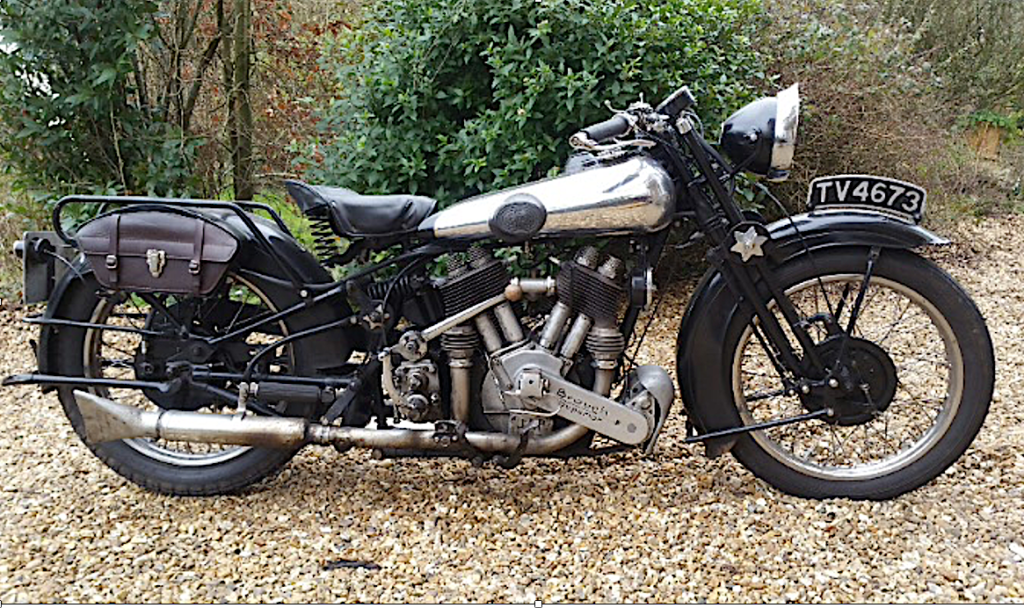
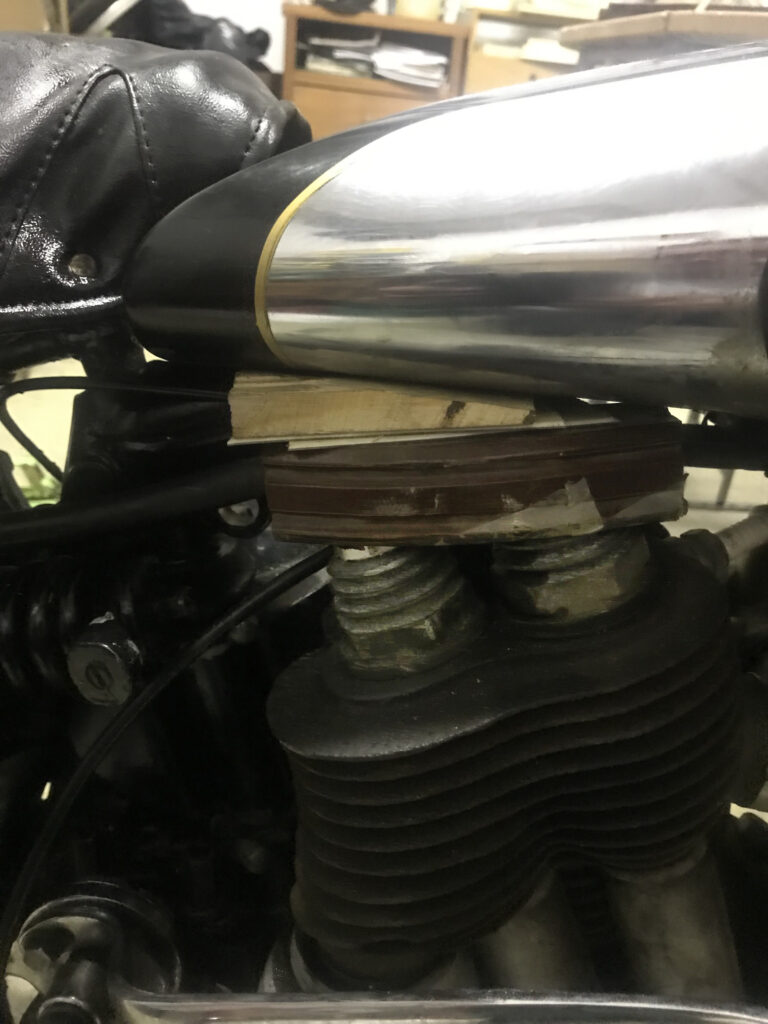
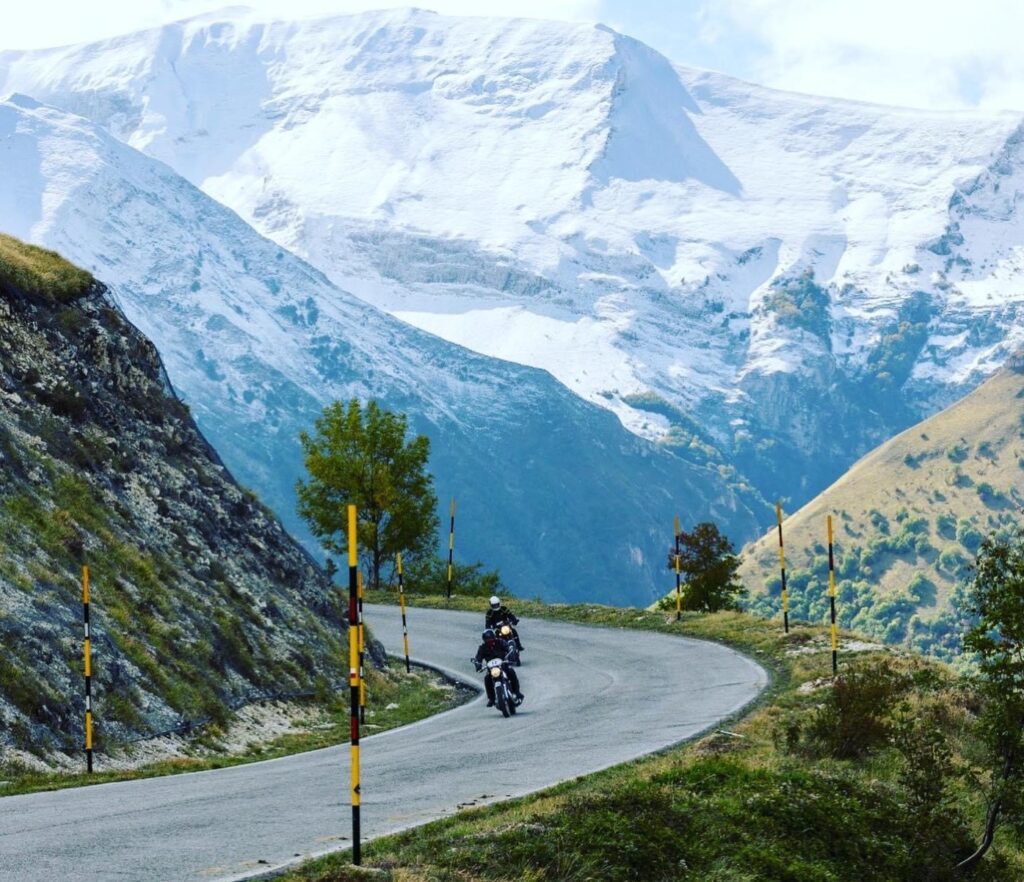
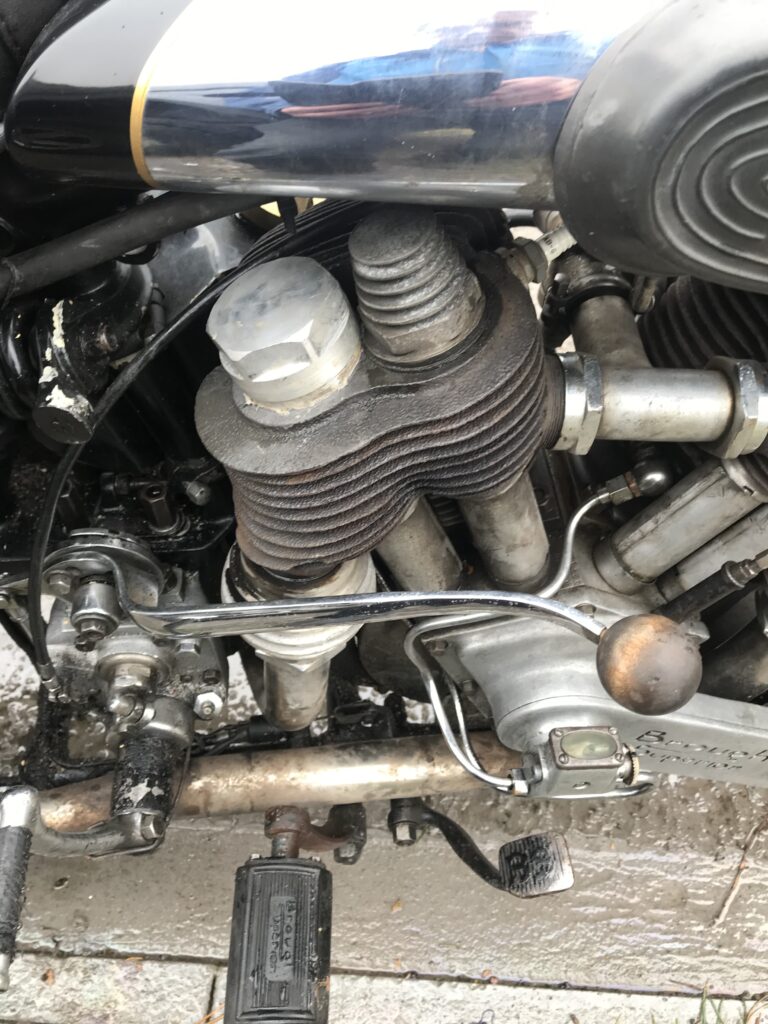
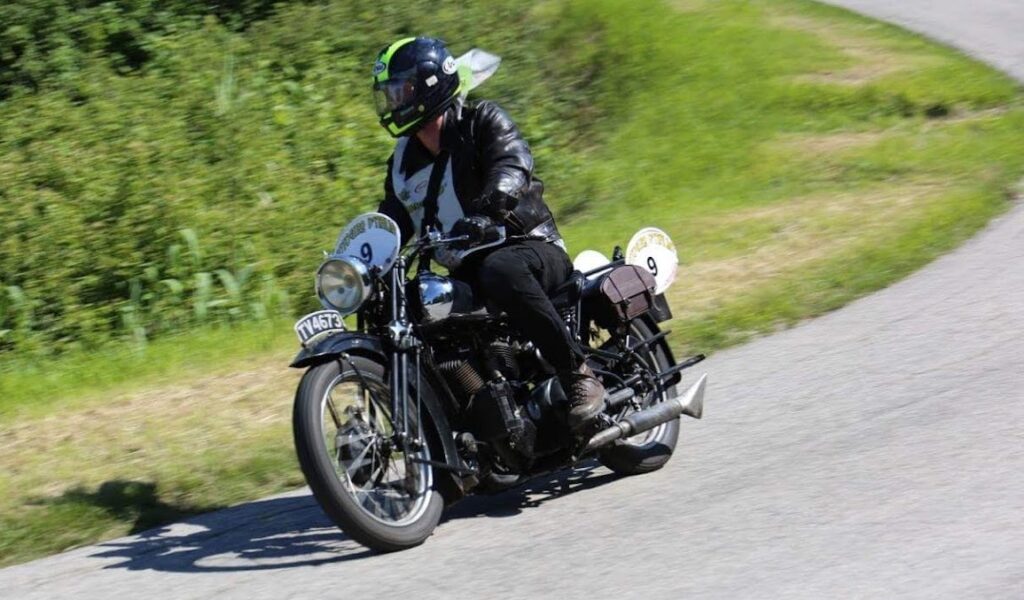
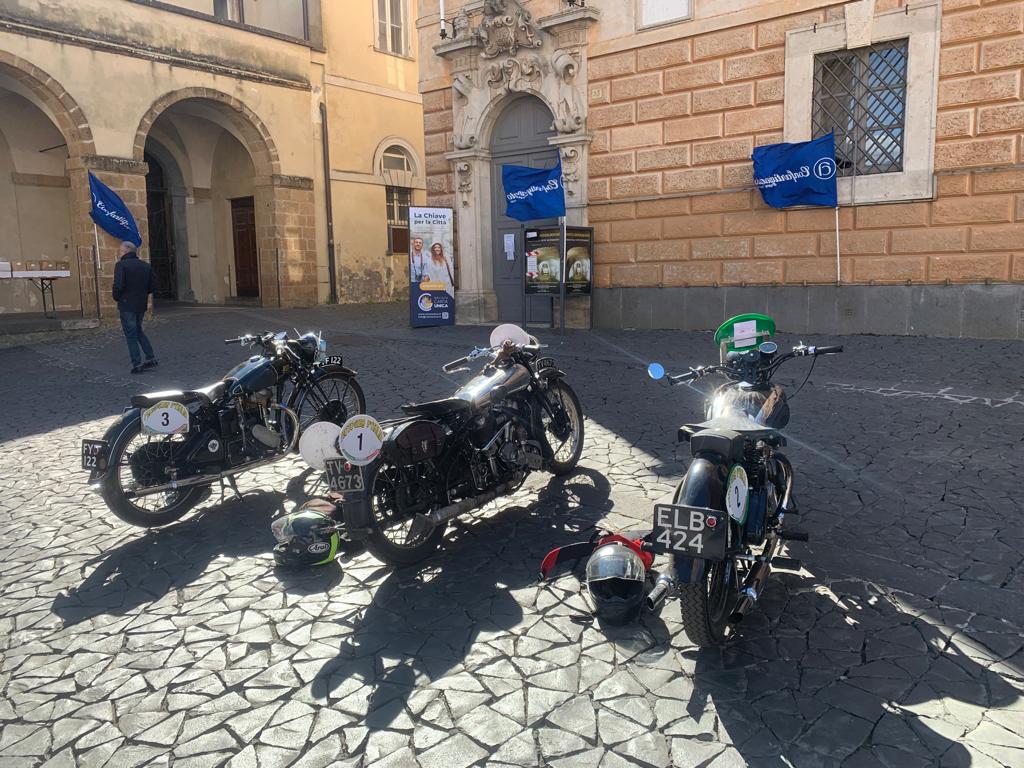
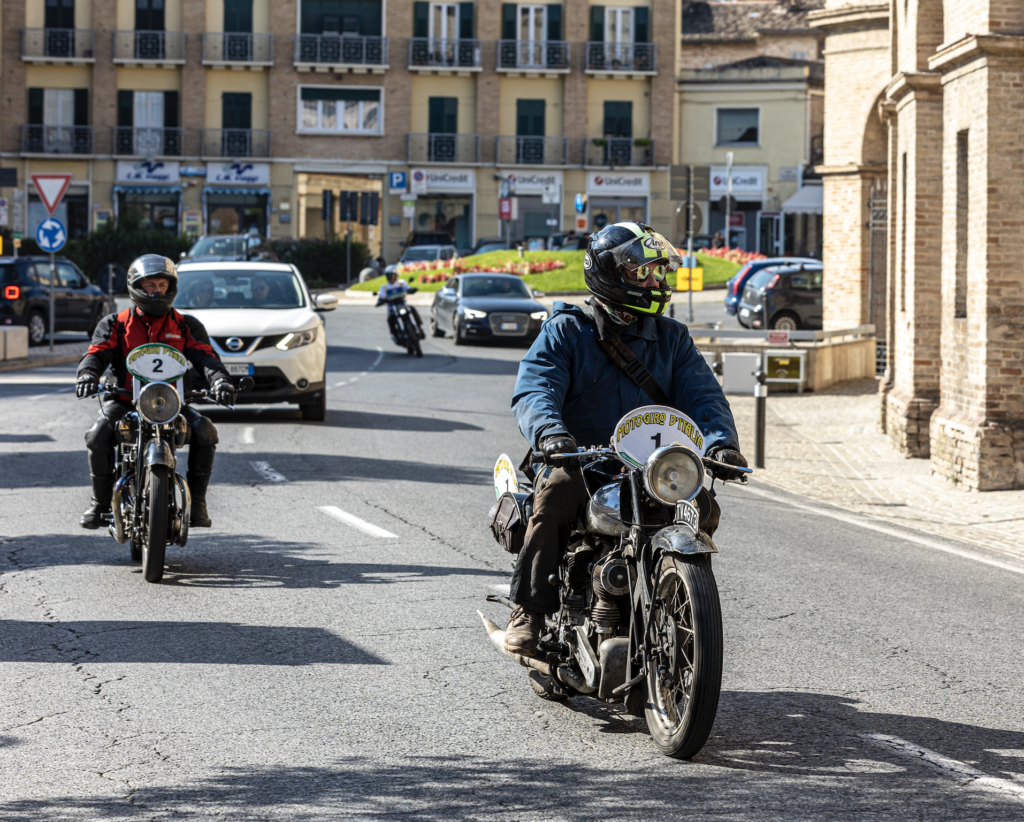
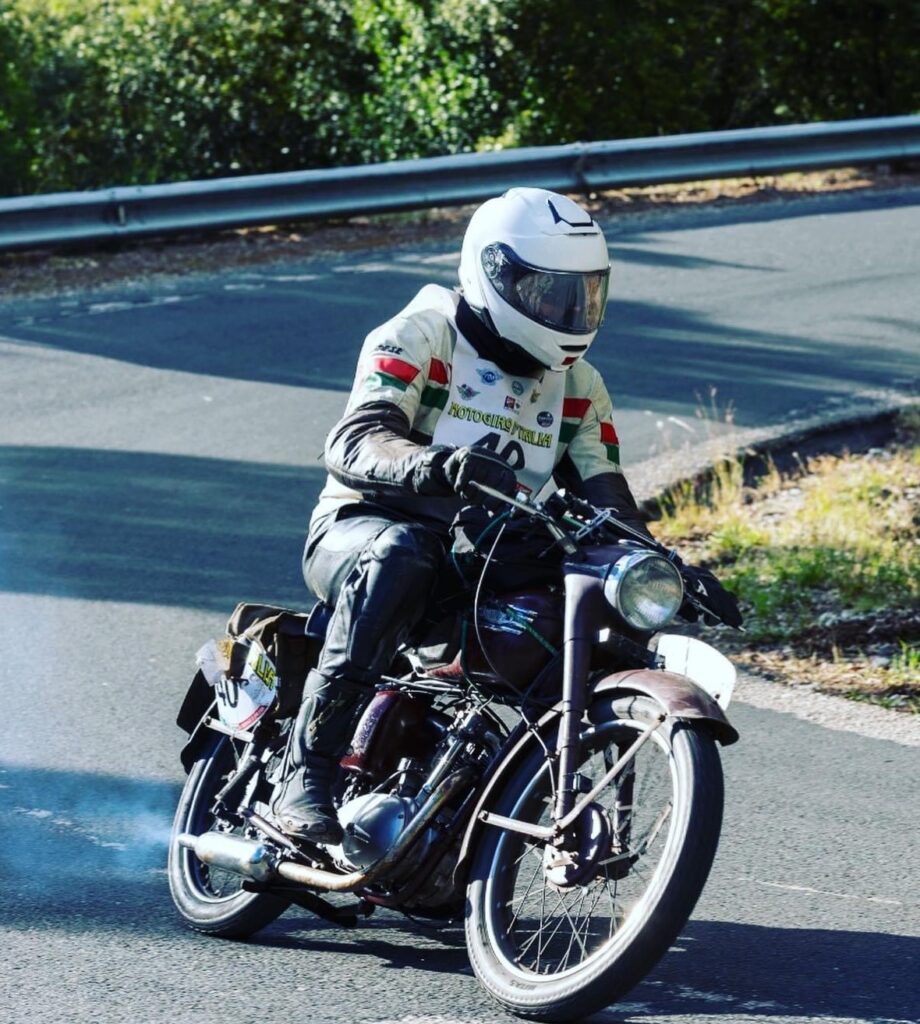
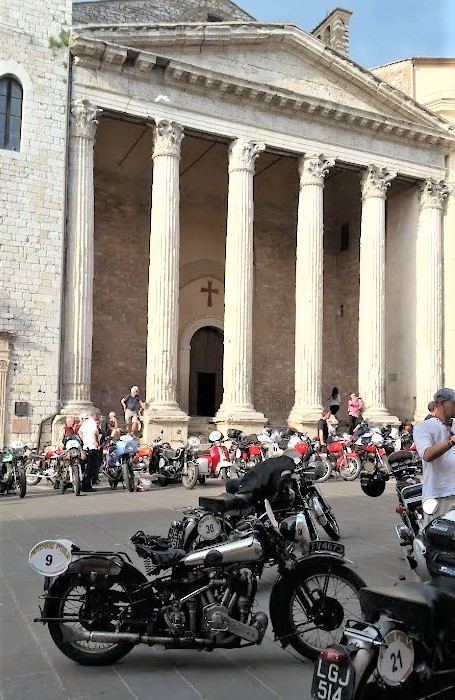
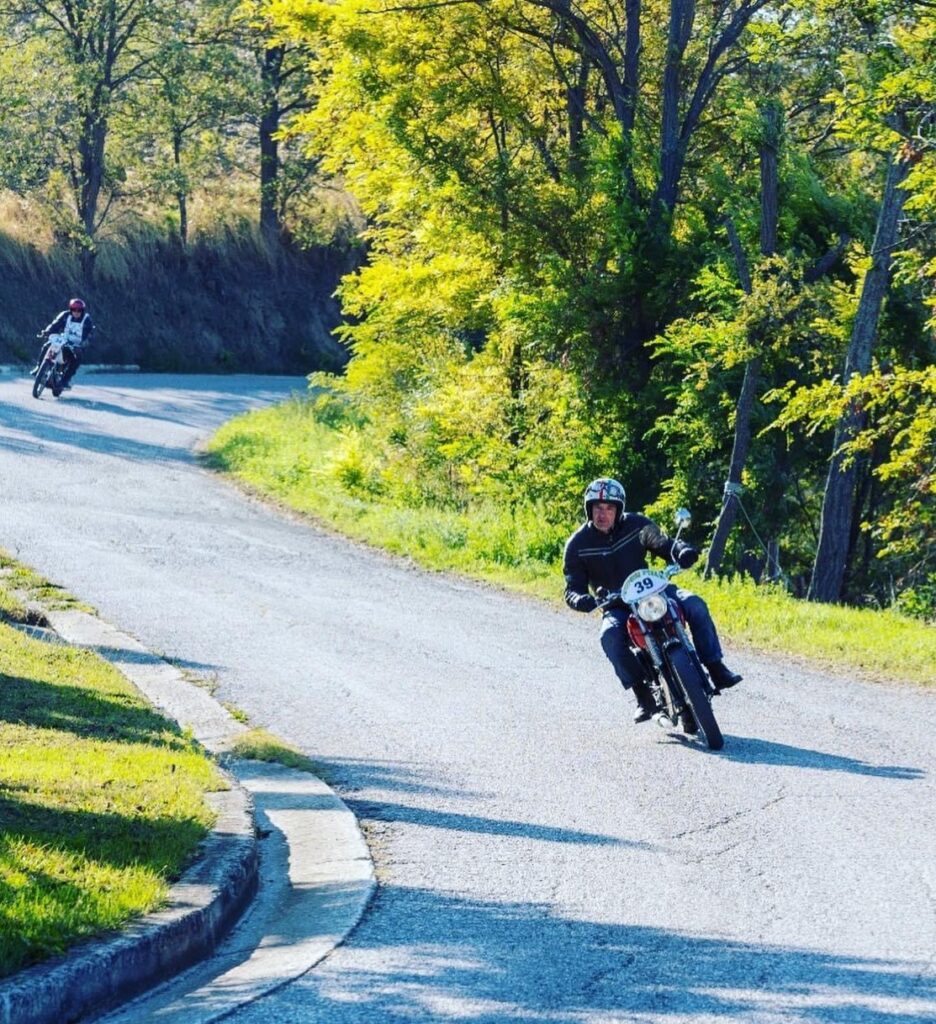
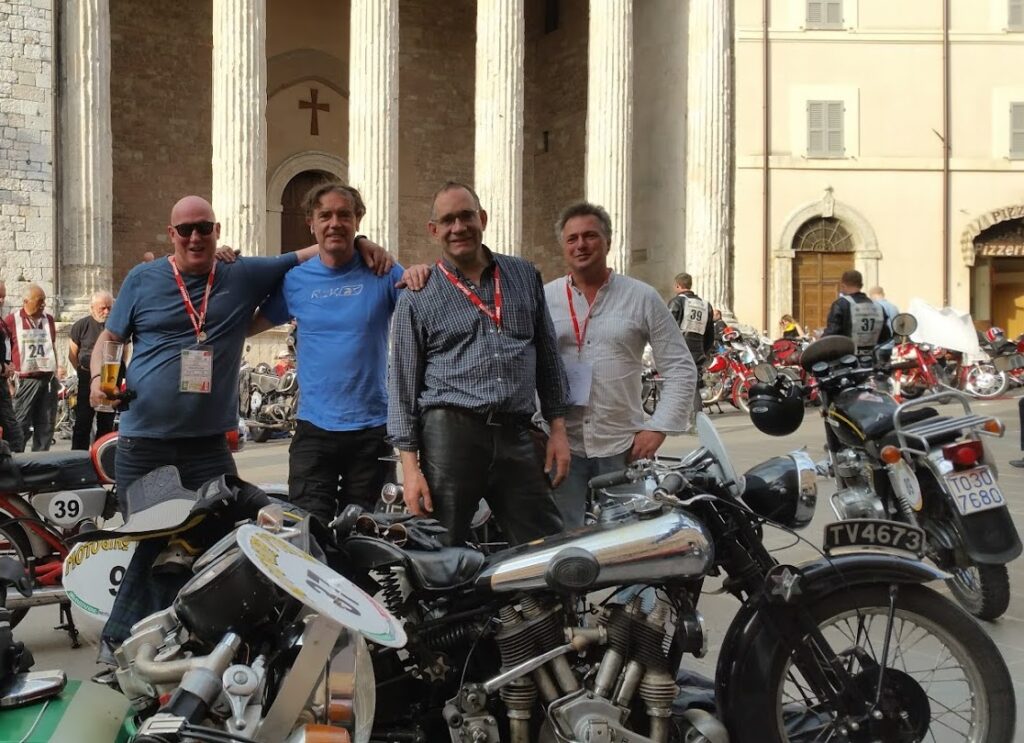
For more on Brough Superiors, check our many articles on the subject here.
For info on riding the MotoGiro d’Italia, click here.

Related Posts
December 7, 2021
The Vintagent Selects: 1928 Brough Superior SS80 Deluxe: An Oily-Rag Survivor
Something is only ever original once.
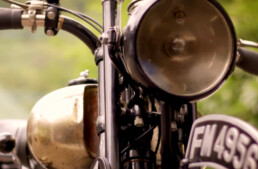
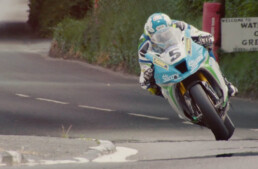
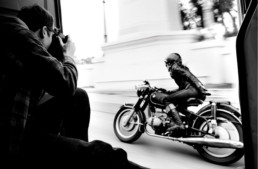
A superb piece. Dave Jackson is an excellent writer and the topic is something close to both of our hearts. Thanks.
Dave Roper
This story captures the essence of riding, coaxing and appreciating vintage motorcycles.Thank you David Jackson for this well written and entertaining story. Today it has stopped raining for the first time in living memory (living memory becoming shorter as the years progress), and the salt has been washed from the roads on the BC coast. So I must fire up the ’38 Velocette and go out to dodge the potholes. As James Dickey so aptly put it in his poem “Cherrylog Road”:
And I to my motorcycle
Parked like the soul of the junkyard
Restored, a bicycle fleshed
With power, and tore off
Up Highway 106, continually
Drunk on the wind in my mouth,
Wringing the handlebar for speed,
Wild to be wreckage forever.
Way to go!! What a memorable thing to have done and thanks for sharing.
Y’all wants memorable ?
Read Elspeth Beard’s ” Lone Rider ”
THAT … is memorable … this … is ephemeral posing and posturing
I agree, A superb bit of writing. Thanks
The writing ? Pretty damn good . Not great mind you .. but pretty damn good ( my standards being LJK Setright , Robert Hughes , HST etc ) .
The story ? Meh ! I mean really folks .. get a grip …. toddling around on ancient bikes at speeds so far below their capabilities its amazing the damn things don’t fall over … all with an entire phalanx of support … making any semblance of a journey or an adventure and abject joke …
And we’re supposed to get excited ? Hell .. I rather read about someone actually riding one of the new Broughs around Europe … rather than parking it in their collection . At least then they’d really be riding … rather than posing .
😎
Nice piece Jacko. Sounds like fun!
Thanks to all for your kind comments.
The story will appear in the Brough OC mag next month so I’m expecting a bit of flak… or a clacking sound as they splutter through their dentures.
But I’m hoping most will be pleased to hear of one of their machines being used.